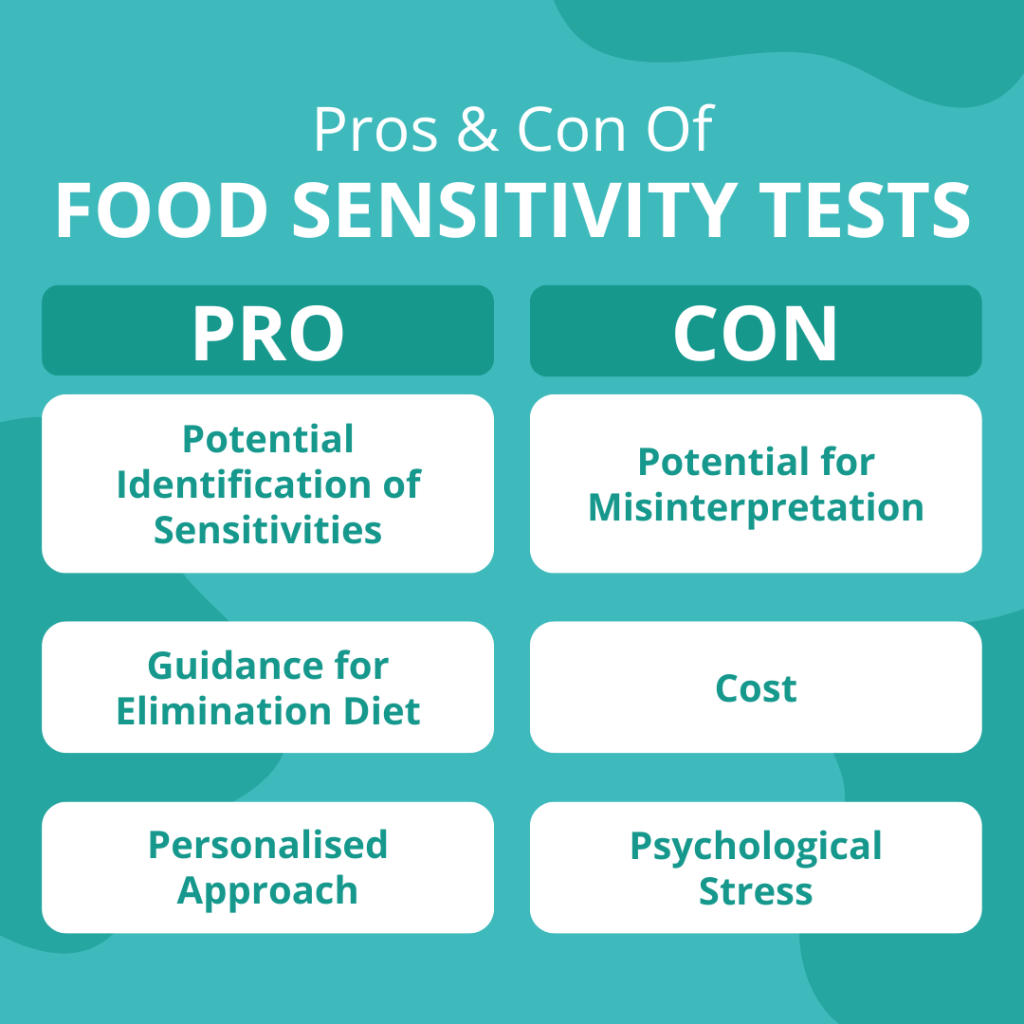Food sensitivities are a problem for tens of thousands in Ireland. Whether it’s a hidden dairy allergy or a gluten intolerance, many individuals regularly experience digestive issues like abdominal pain, bloating, diarrhoea, and other problems. Identifying the underlying cause isn’t easy – many people’s symptoms are mild enough to presume it’s just them, that life is brain fog and malaise for everyone.
Food sensitivity tests, like hair allergy testing, promise an answer. Innovative technologies and novel science allow people to review hundreds of potential sensitivities at home. Simply take a hair sample, mail it to the lab, and receive a complete analysis a few days later.
What is Hair Allergy Testing?
Hair allergy testing, also known as bioresonance testing, involves analysing a hair sample for allergies. The technique is based on the science of biofrequencies. Because everything around us emits a measurable frequency, scientists can analyse the frequencies of your hair sample – a stand-in for your overall body – and compare the frequency to foodstuffs. The closer the frequency, the more severe the body’s reaction to the substance.
How Does Food Sensitivity Testing Work
Bioresonance testing refers to the information locked into your hair as energy (its bioresonance). The hair sample is closely analysed using a Multiple Analytic Resonance System (MARS III) to determine its frequency.
Based on the frequency detected, it’s cross-referenced to the catalogue of other frequencies to look for the closest matches. Our analysis is always reported as percentages. Here at Sensitivity Check Ireland, we use a threshold of 85% and over. Our database includes hundreds of frequencies from foods, minerals, metals, enzymes, vitamins, bacteria, and much more.
We use a hair sample for two reasons. First, it’s relatively easy for people to provide without causing any pain or long-term harm. Second, your hair sample works like your unique frequency fingerprint. As the frequency is the same as the rest of your body, it delivers the same result.
Other food sensitivity tests include:
- IgG Blood Tests. Measures Immunoglobulin G (IgG) antibody levels in response to specific foods.
- ALCAT Test. Analyses the reactions of white blood cells when exposed to different substances, including various foods. This test is controversial and has been critiqued for lacking scientific rigour.
- Mediator Release Testing (MRT). Measures the reaction of solute mediators released by white blood cells in response to different foods. Like the ALCAT, MRT’s accuracy and clinical usefulness are debated. It is not universally accepted in the medical community.
Pros and Cons of Food Sensitivity Tests

Pros:
- Potential Identification of Sensitivities. May help identify specific food sensitivities or intolerances that are contributing to symptoms.
- Guidance for Elimination Diet. Can provide a starting point for a guided elimination diet.
- Personalized Approach. Offers a personalised analysis of an individual’s reactions to specific foods.
- Potential Symptom Relief. For some people, altering the diet based on test results may relieve symptoms.
- Convenience. Many of these tests are easy to administer and can be done at home.
Cons:
- Potential for Misinterpretation. Results may be confusing or misleading, leading people to exclude certain foods from their diet unnecessarily.
- Cost. These tests can be expensive, and many are not covered by insurance.
- Psychological Stress. Receiving a long list of “reactive” foods can be overwhelming and stressful for patients. Patients should therefore receive instructions on how to interpret the results.
How Hair Allergy Tests Help Identify Hidden Allergens
Often, it’s challenging to identify an allergy. Some people get a severe allergic reaction in response to, say, latex, and the allergy is evident. But that’s not always the case. For many people, the allergic reaction can occur several hours later, long after exposure to the allergen.
Worse, suppose the allergen is a food product component – think soy or lupini beans or something even harder to identify (moulds, metals, vitamins). In that case, the patients can go years without ever identifying the culprit.
That’s where hair allergy tests come in.
By ranking allergens depending on the severity of the response, you have a clear list of foods and other substances to be aware of. That’s excellent if you’re performing an elimination diet (where you’re removing foods one by one to test for an allergy), as it provides a reliable starting place.
Moreover, the hair allergy test may also flag substances you’ve never heard of. For example, kaffir lime leaves (common in SE Asia cooking), juniper berries, chia seeds, and more. You can then tailor your diet and lifestyle to these immune-triggering substances.
Summary
Discover the relief you’ve been searching for with our Individual Allergy Test. This comprehensive food sensitivity test, utilising innovative hair allergy testing technology, assesses 975 different sensitivities. Don’t let unidentified sensitivities dictate your life. Pinpoint your unique triggers and pave your way to improved health.
Ready to lift the fog of discomfort? Start your journey with Sensitivity Check Ireland. Take our hair allergy testing today and empower your wellness journey. Visit our website now to order your food sensitivity test.


